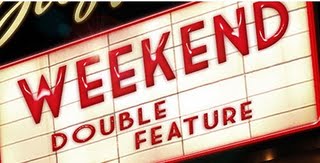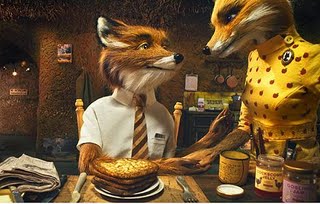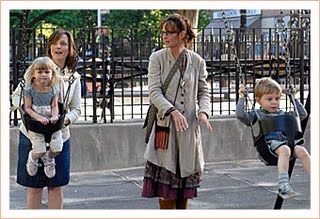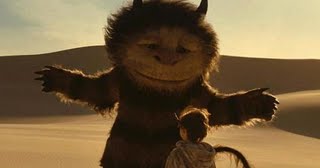Double Feature

One of the most memorable post-kid dates for Tony and me came sometime around Ben’s first birthday. We went out to a movie (American Splendor) and then, realizing the night was still young and Ben wouldn’t need to nurse again for a while, we went to another (The Secret Lives of Dentists, which I wrote about much later). They are both good movies, but it didn’t even matter; what mattered was that we were free enough to do something extra, something spontaneous. It felt great.
Since then, of course, we’ve been getting out a little bit more regularly. I don’t feel so movie-deprived (the list over there in the sidebar is growing nicely), but the double feature is still a very rare treat. I wasn’t expecting one this weekend, after the 6 PM show of Avatar, but leaving the movie theater at 9 and knowing, since the kids were on a sleepover, that we wouldn’t have to get up early in the morning, we circled back to the ticket counter and checked the listings. 10 PM, Sherlock Holmes. Perfect.
Usually I have a lot to say (or write) about movies, but this pair took it all out of me! They are equally gorgeous; the watery blues and greens of Avatar‘s Pandora are getting all the press, but that actually felt more familiar to me (maybe because I am a frequent aquarium visitor?) than the foggy steampunk world of Sherlock Holmes’ London, and I thought both were innovative and beautiful (the closing credits of Sherlock Holmes are the best credit sequence I’ve seen in years). They are equally, unnecessarily long; I took a little nap during Avatar because I was bored, and another little nap during Sherlock because I was up past my bedtime, and I found myself editing each in my head.
As for the writing, well, there’s really nothing much to say about Avatar‘s script, is there? Though I do find myself wanting to make the distinction here between the story — fine, as far as it goes, though we’ve seen it before (“Dances with Smurfs,” scoffs a friend); I have no problem with new contexts for old stories — and the actual script, which is so full of tired lines it’s a wonder the actors could say them without laughing (“Bring the pain,” indeed). Meanwhile, Sherlock Holmes doesn‘t rely on any one story for its script, in favor of the more sequel-friendly overview, which felt like a bit of a loss, even for someone like me who hasn’t absorbed all the stories. But watching Robert Downey, Jr. and Jude Law banter and flirt is so pleasurable, I’m ok with the filmmakers setting this one up for a franchise.
Finally, Sigourney Weaver, welcome back from your roles in Baby Mama (meh) and Infamous (loved); to me, you belong in space, and seeing you channel Ellen Ripley and Dian Fossey was one of my favorite aspects of Avatar.










